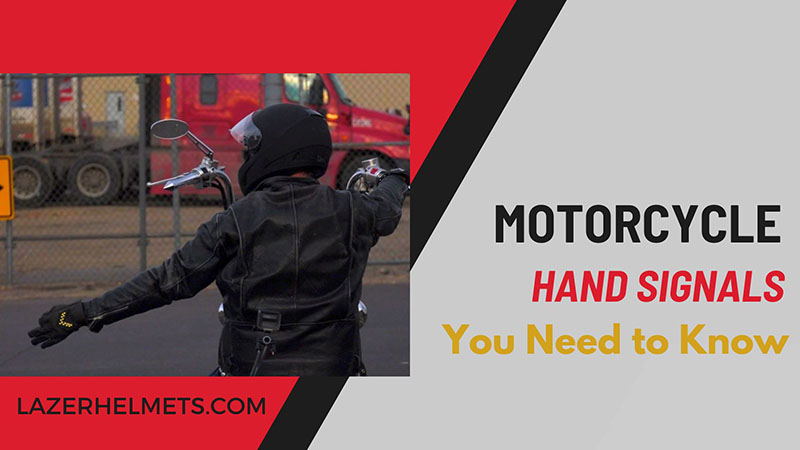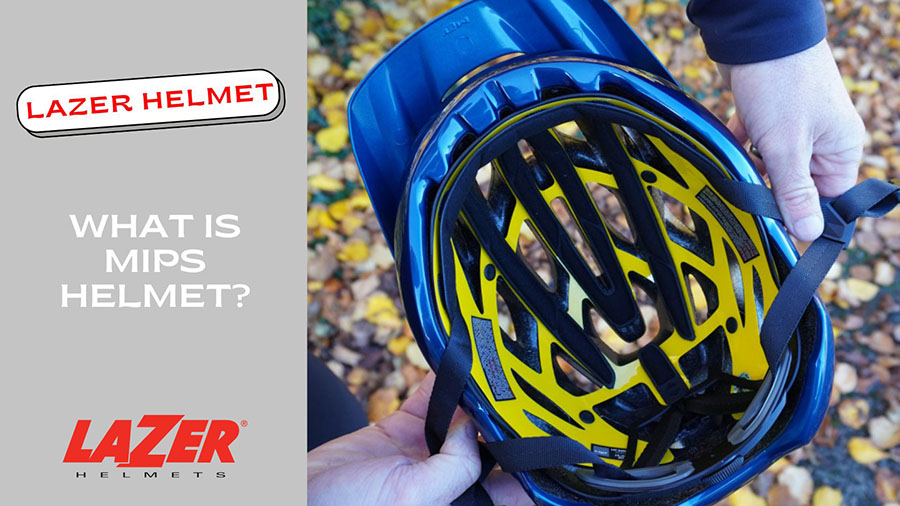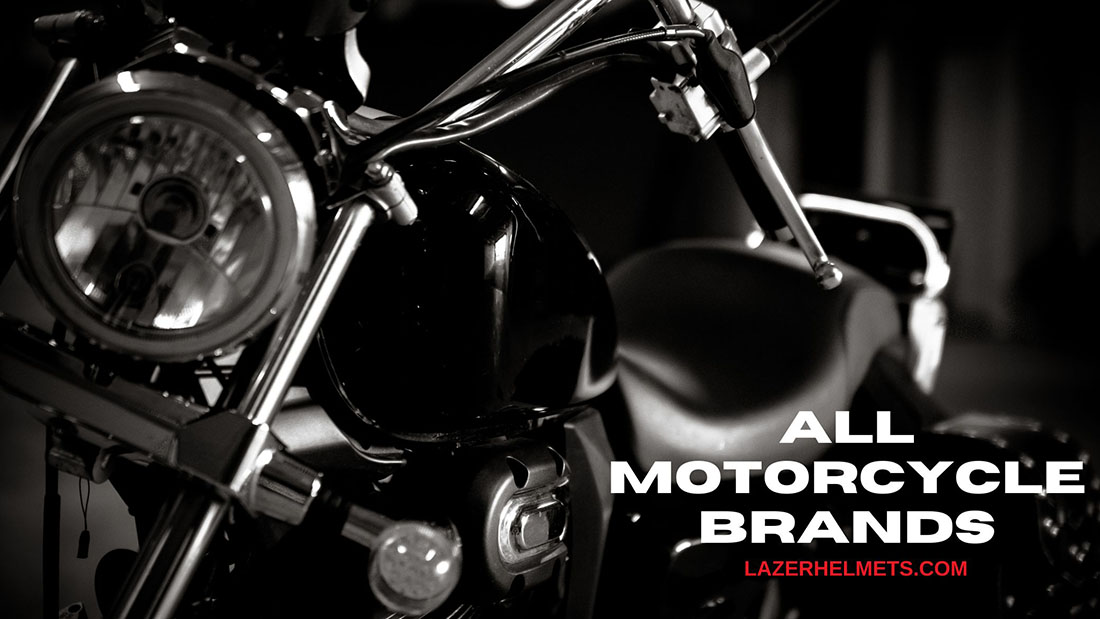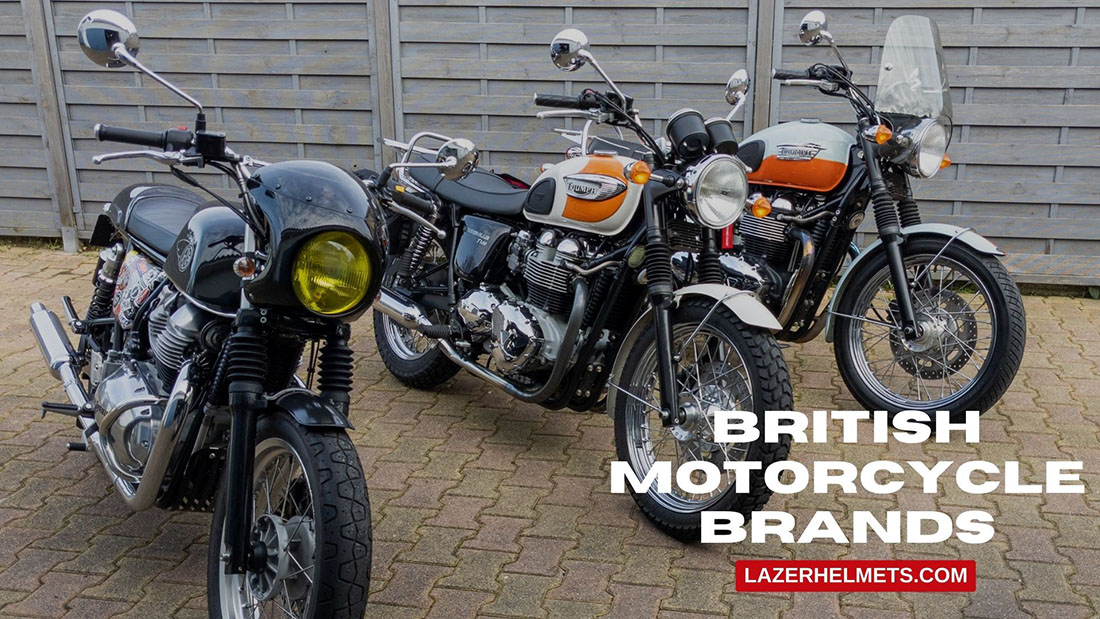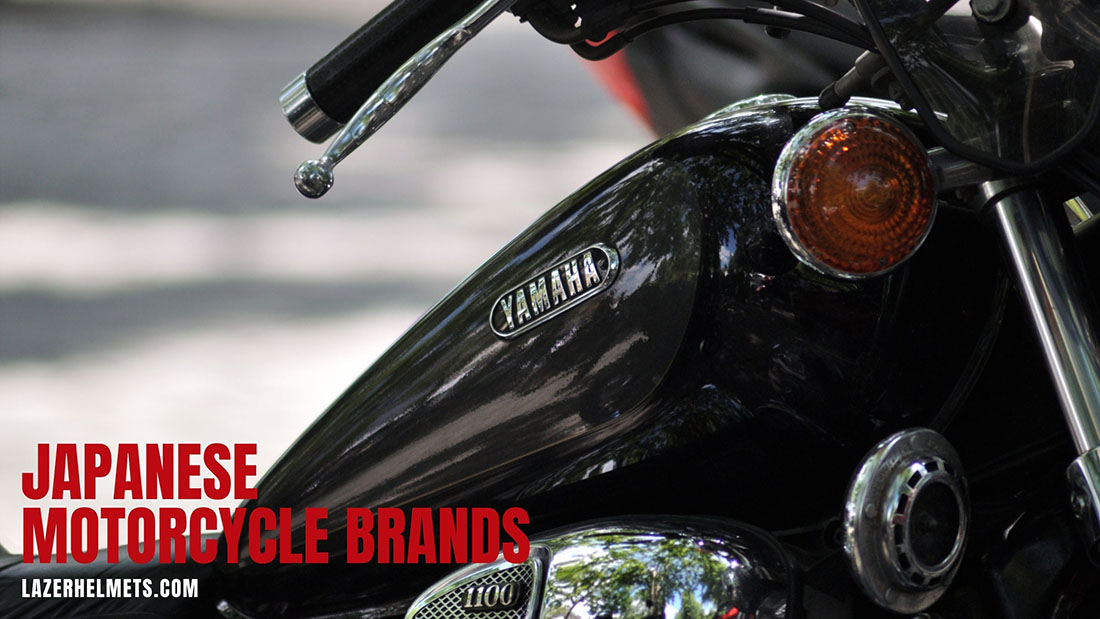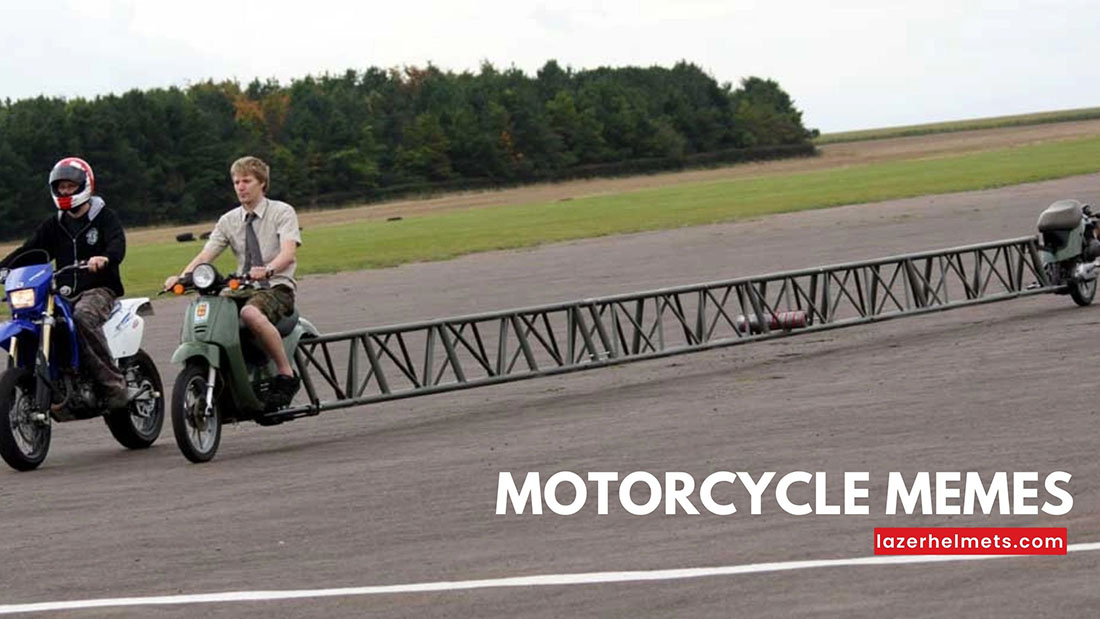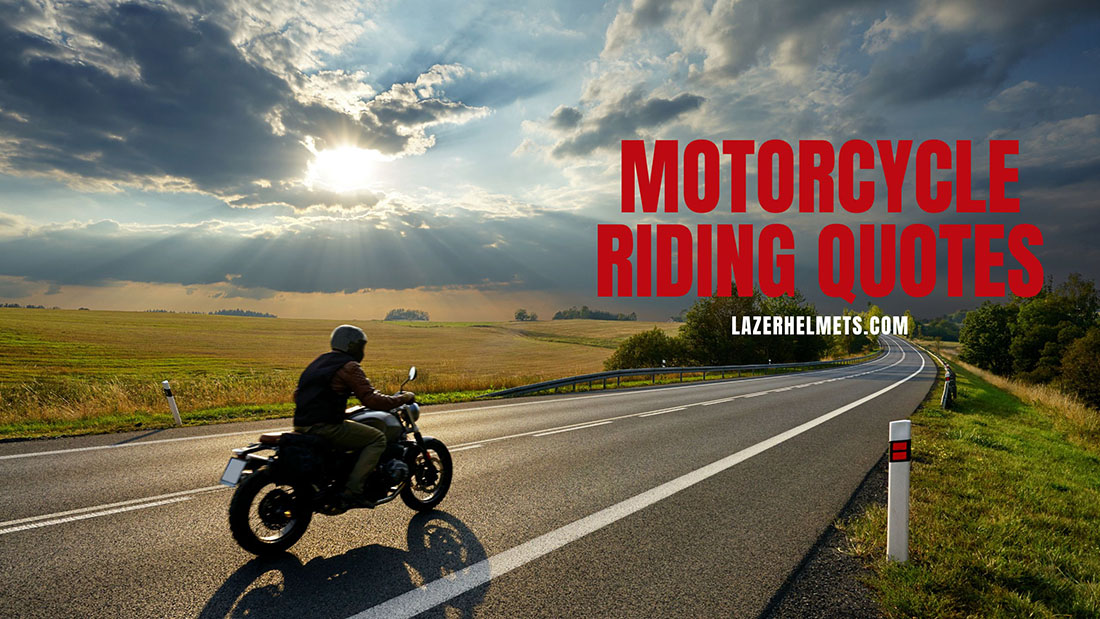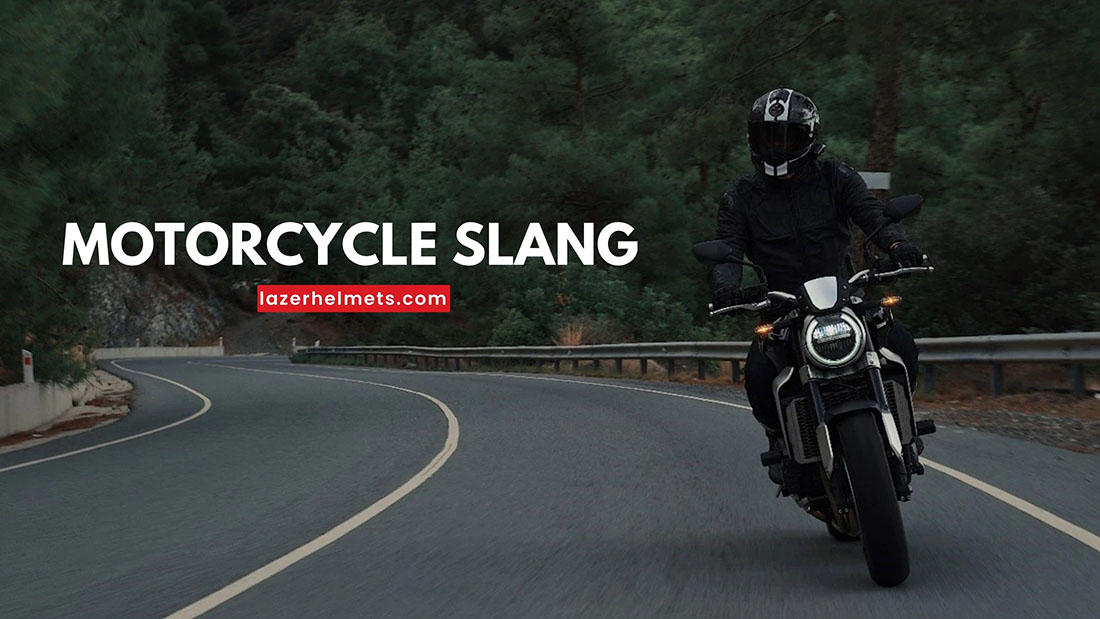Motorcycle enthusiasts love joining community or biker gangs to embark on endless road trips. But here comes the communication issues: since everyone sits on different motorbikes, how to ensure their messages are translated and conveyed to each other in the most effective way possible?
Shouting is obviously out of the question as there is a lot of traffic noise, and you cannot guarantee the bikes are always kept together at a close distance. The only solution to turn to is common hand signals for motorcycles!
By looking at these biker signs, everyone can understand each other’s intentions in a blink.
Table of Contents
What Are The Common Motorcycle Hand Signals for Group Riding?
These 16 simple motorcycle arm signals are the common code for every motorbiker worldwide. It’s time to jump into the trend:
1. Left Turn
- How to Do It: Extend the left arm out. Keep your arm straight and the palm facing downwards.
- Purpose: To let others know you will turn left or switch to the left lane. These signals are used to lead or break from a group – depending on your position as leader or follower.
2. Right Turn
- How to Do It: Bend the elbow about 90 degrees. Then clench your fist and point it towards the sky.
- Purpose: To let others know you will turn right or make a right lane change. Like left-turn signals, they allow you to break away or lead other members, depending on your follower/leader status.

3. Stop
- How To Do It: Bend your arm at around 90 degrees. Open the palm while pointing all fingers towards the road.
- Purpose: When your group leader holds out this signal, it triggers chain reactions from the first motorbike towards the last. Left, right, and stop hand signals are among the most common cues in group riding.
4. Speed Up
- How to Do It: Stretch your arm. Then swing the palm in a straight, upward direction.
- Purpose: This signal is mostly aimed at inexperienced groups (seasoned riders usually observe body language rather than hand movements). Using this sign, the leader asks everyone else to increase speed and match his pace.
5. Slow Down
- How to Do It: Stretch your arm. Then swing the palm in a straight, downward direction (toward the street).
- Purpose: It’s a cue for everyone to reduce their speed – which is practical since motorbikes tend to produce intense braking forces.
6. Follow Me
- How to Do It: Stretch your arm towards the front (at shoulder points). Keep the palm facing outwards.
- Purpose: To inform everybody about a new (usually self-appointed) leader. Riders can also use it to divide large groups into smaller ones.

7. Come/You Lead
How to Do It:
- Pull up alongside a chosen fellow rider (who you decide to lead or follow).
- In one sweeping motion, point your finger to their bicycle and flung your arm towards the front.
- Keep repeating those movements until that rider understands.
Purpose: Another way of saying: “Hey you! Follow my lead now!”
8. Single File
- How to Do It: Extend the index finger on your left hand, then bend the arm towards the sky.
- Purpose: To let other riders know you will ride single-file.
9. Double File
- How to Do It: Bend the left arm from your elbow. Point the middle and index finger towards the sky.
- Purpose: “Tell: the other rider that both of you will ride side by side in double-file placements.

10. Comfort Stop
- How to Do It: Poke the arm to your left. Use short movements to shake the clenched fist, like how one would shake a paint can.
Only make this simple signal when your shoulder/road is free of debris – and there are enough spaces to pull your bike over.
- Purpose: Used when you want to stop temporarily to rest or stretch your body.
11. Refreshment Stop
- How to Do It: Use the left hand to make a “thumb up” signal. Next, point that thumb to your mouth or helmet front, resembling a straw popping out of the water glass.
- Purpose: Indicating your intentions to stop for some refreshments or snacks.
12. Turn On
- How to Do It: Alternate between making fists and extending fingers to imitate a blinking light.
- Purpose: To inform other vehicle operators that their blinkers are being switched on, saving face for them at the next refreshment or comfort stop.
13. Pull Off
- How to Do It: Put your arm in a similar position as the “right-turn” signals. Swing the forearm towards your shoulders at the same time.
- Purpose: To signal riders in the group to pull out of the highways – either now or at your next exit. The reason to stop is something more important than refreshment or comfort.

14. Police Ahead
- How to Do It: Tap your open palm on the helmet.
- Purpose: To warn your fellows of police presence ahead. That way, you can keep everyone safe, especially first responders in the group.
(The best way to avoid catastrophes, though, is not to break the law in the first place!)
15. Hazards/Dangerous Road Conditions
- How to Do It: Point the left hand towards hazards on your left side. For dangers at the right, use your foot instead.
- Purpose: To warn everyone against road issues like potholes, debris, etc., which might destroy the motorbike or even lead to accidents.
16. Fuel Stop
- How to Do It: Point towards your fuel tank with the index finger on your left hand.
- Purpose: Tell everyone your bike has almost run out of fuel, and it’s time for you to find a gas station.
Tips for Proper, Basic Hand Signal Usage
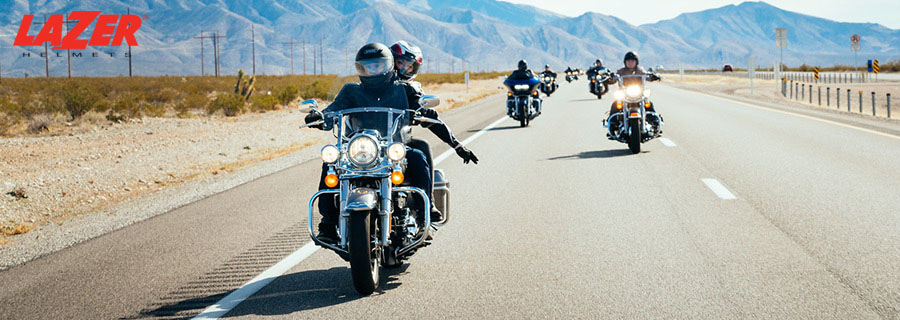
1. Use Clear, Obvious Movements
Speed and distance are critical in deciding how road users communicate messages with each other. Hence, be prepared that not everybody can notice your arm movement right away.
To draw their attention, always make huge, obvious gestures. Extend your arms as much as possible with the elbows poking off the window frames.
2. Before Changing Lanes or Turning, Signal 100-200 Feet
Many authoritative road rules ask drivers to use driver hand signals/blinkers at 100 feet (minimum) before changing lanes or making turns.
Some rarer cases (ex: Indiana in the U.S.) even raise the bar to 200 feet. Or in Idaho and California, you have to act seconds in advance, allowing time for others to react. In short, check your neighborhood’s laws and guidelines before bringing your bike to the road.
3. Safety Should Always Be Your Priority
Do not extend the arm immediately. Check the side and rear view mirror first to keep your arm from accidentally hitting anything. No one wants to suffer an arm or hand injury while still sitting on the bike!
That’s also the reason planned turns are important. Avoid making your decisions at the last minute or suddenly cutting to other lanes with no warning.
Instead, follow your lane track and only turn around at the appropriate time. If you miss the turning point, try another road.
4. Never Use Hand Signs At Night
Hand signs at night are not reliable at all. After all, night visibility is very low, accounting for half of the world’s traffic deaths yearly. So in the case of malfunctioning brake lights or blinkers, try to avoid going out at night till they are properly fixed.
How Do Motorbikers Greet Each Other?
Another interesting motorbike culture is greeting. Since there are no official regulations or codes regarding this issue, the gestures involved vary across countries and regions.
Some nod at each other; others point fingers; and sometimes, even outright waves with raised hands are welcome.
FAQs: Bonus Hand Signals
1. What Does A Motorcyclist Mean When He Puts Down His Helmet On The Road?
It means his bike is broken, and he needs some help.
2. What Does A Motorcyclist Mean When He Gives You “Thumbs Up”?
The deserted roads are clear (no pole holes, debris or police). You can march forwards.
Conclusion
Our article has listed out the most common motorcycle hand turn signals.
All these motorcycle rider hand signals are simple and extremely easy to learn – even for novices. Gather every member of your riding community and ask them to memorize this list by heart. Trust us; every trip will become much more seamless!
We recommend your club or community adopt some of these gestures to strengthen the member’s bond. A little modification is also terrific, setting your club apart from similar organizations.

